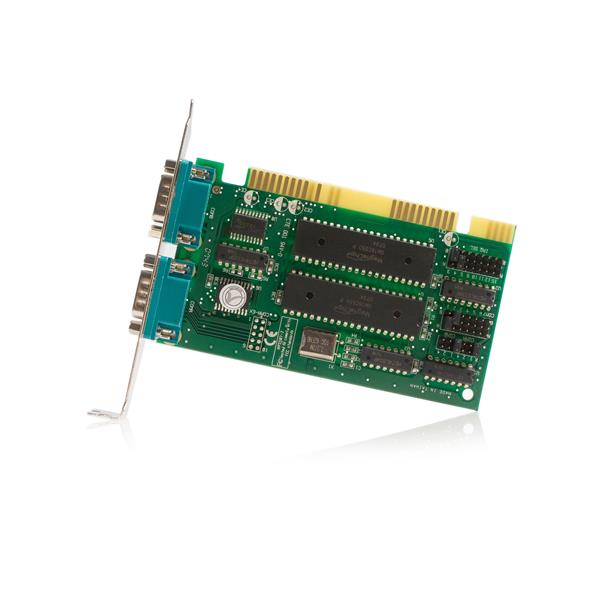First post, by Madowax
This is a a serial interface 8bit ISA card with the Matze79 + Felmar Loyd PS/2 to Serial Mouse Adapter integrated on it.
PS/2 to Microsoft Serialmouse Adapter Converter / Updated First Post / Firmware Update added <--Matze and Felmar work is already well documented in this thread.
The board it's ready and it has been tested with almost every motherboard in my collection from 386 to Pentium III. It can be configured as COM1 through COM4 using jumpers, also it can be configured to use IRQ 3, 4, 5 or 7.
Picture of the Prototype:

Render of the final PCB:

I'm producing few final boards and I will send them to very kind people that will trash a lot of time 😉 testing them in their systems for compatibility and issues 😢 . Let me know what you think about this project, any suggestion is welcome. Thanks.

